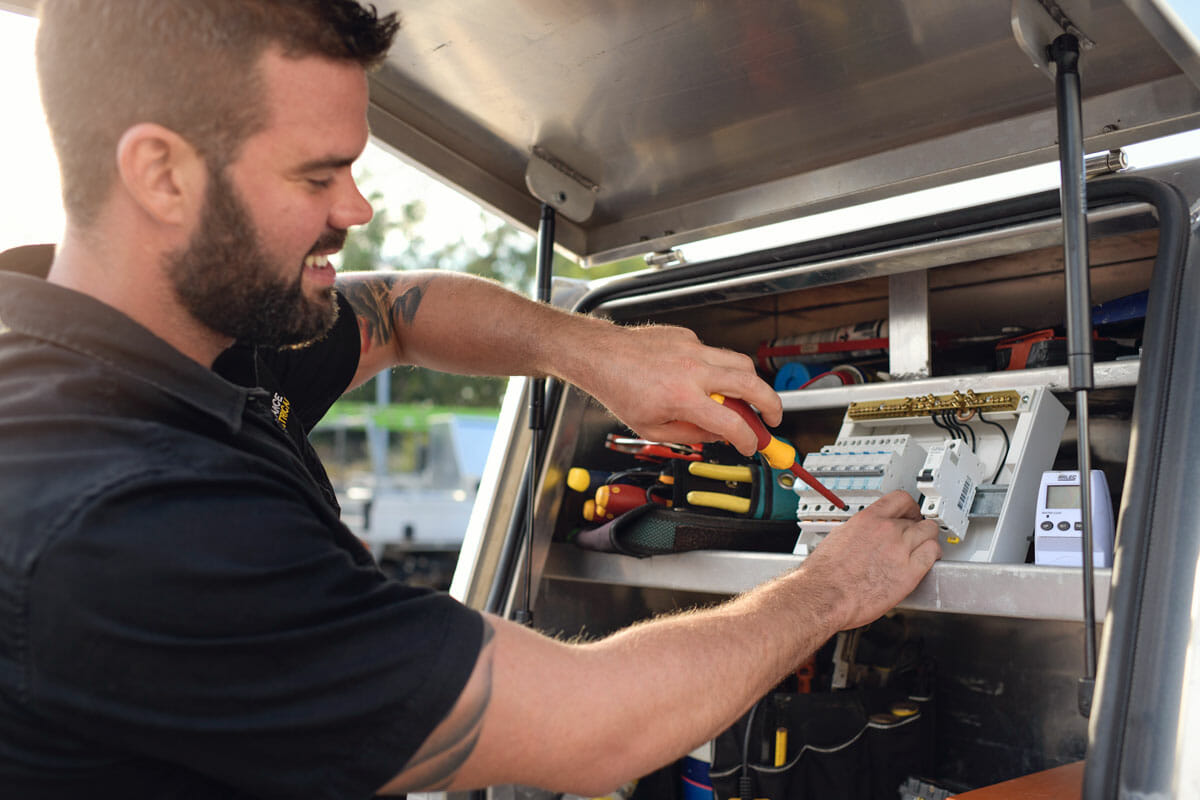Portable electric appliances can be subject to harsher treatment than fixed devices and may be used in many different environments. As a result, they are more prone to damage and deterioration in their performance, which can result in them becoming unsafe to use.
These potential dangers are overcome by a requirement to test and tag electrical equipment. The requirement varies between different types of equipment and the environments in which they are used.
Requirements for Electrical Testing and Tagging Services
Australian standard AS/NZS 3760:2022 applies to test n’ tag procedures, providing guidelines that define when, how and by whom testing is to be undertaken. It applies to any portable electrical appliance used in a workplace and covers those that have a voltage exceeding fifty volts, have a flexible cable and a removable plug. These appliances are either earthed or double-insulated.
New appliances do not need to be tested but must be inspected for damage before first use and have a tag affixed stating when the next test is due. The main need for testing applies to industries with harsh environments, such as mining, construction and demolition, where inspection and testing are required every three months.
Any equipment that is to be hired out must be visually inspected before each hire and tested every three months. For other industries, there is no legal requirement to test, but employers have a duty of care for their employees and electrical testing and tagging is recommended every six months, although a risk assessment may indicate a more frequent need. Accidents caused by equipment that is unsafe and has not been tested can result in legal action and severe penalties.
Details of all testing need to be recorded, and a tag that is durable, water-resistant, non-metallic and with a bright surface must be securely attached to each piece of equipment. These tags are colour-coded to identify the testing period, and each one shows the:
- name of the person conducting the test
- date of the test
- test outcome
- date when the next test is due.
Comprehensive Testing for Added Safety
All tests must be carried out by a competent person who has successfully completed a training course and is up to date with the latest requirements when it comes to electrical fault finding. Each electrical test and tag involves:
- a visual inspection of the appliance, looking particularly for damage, defects, discolouration caused by excessive heat or moisture, that flexible cords are not damaged or loose, ventilation inlets and exhausts are not obstructed, the current rating is correct, and the insulation resistance and protective earth are adequate
- checking that operating controls work properly
- ensuring the appliance does not leak electric current, which will be a hazard
- particularly checking the safety of equipment that uses extra-strong, three-phase electricity that can be especially hazardous.
The assessment of a device’s safety will be undertaken using testing equipment, which must be properly calibrated to provide accurate and reliable results.
To ensure all your portable appliances are compliant and safe to use, contact Florance Electrical to arrange a comprehensive safety inspection and test.

